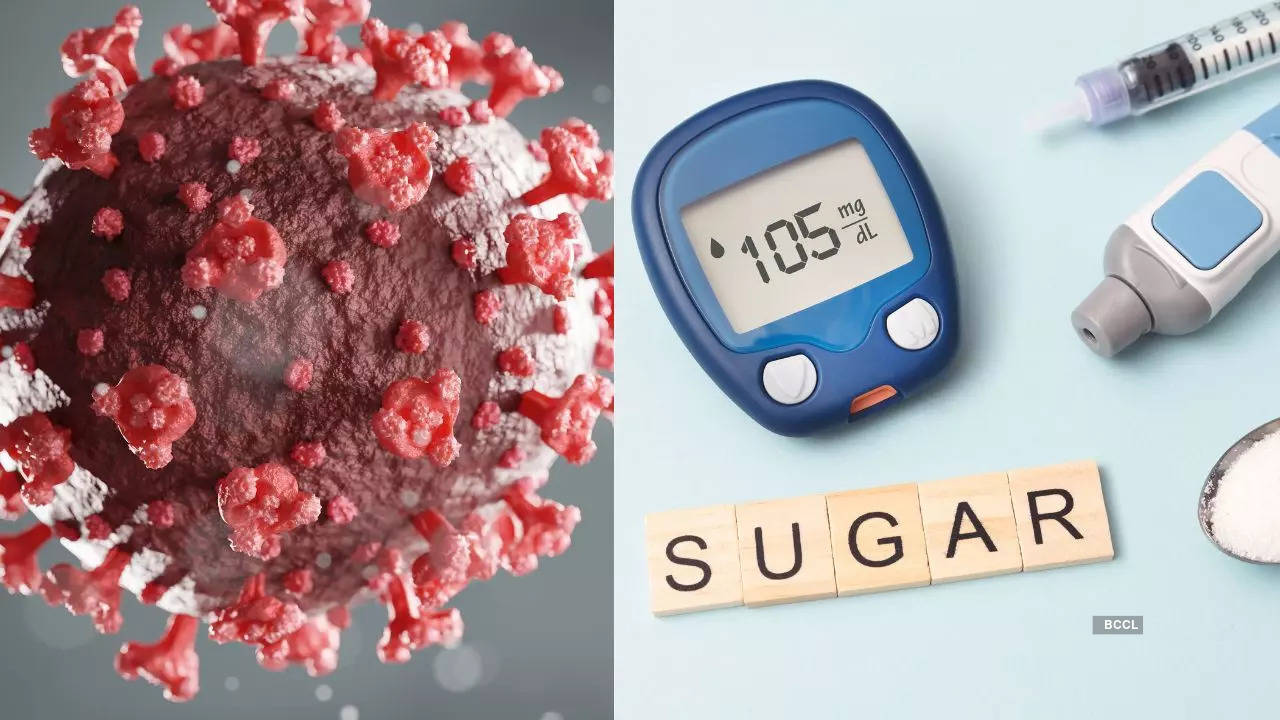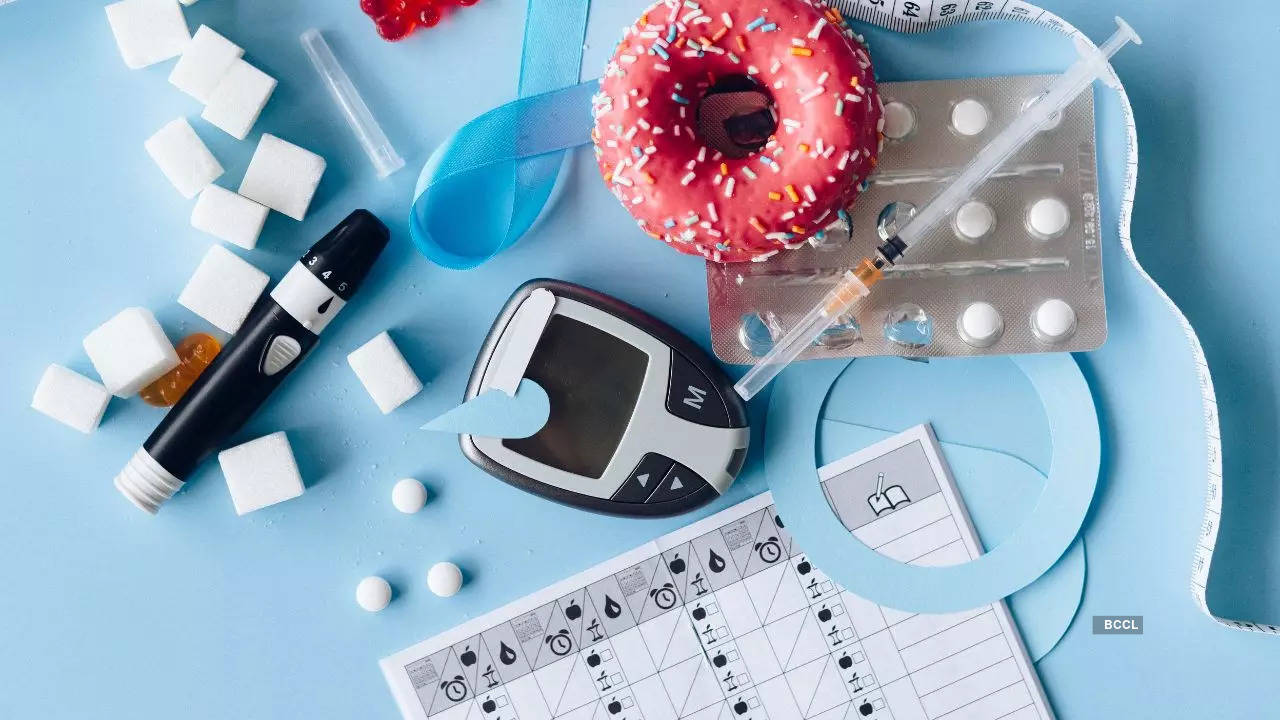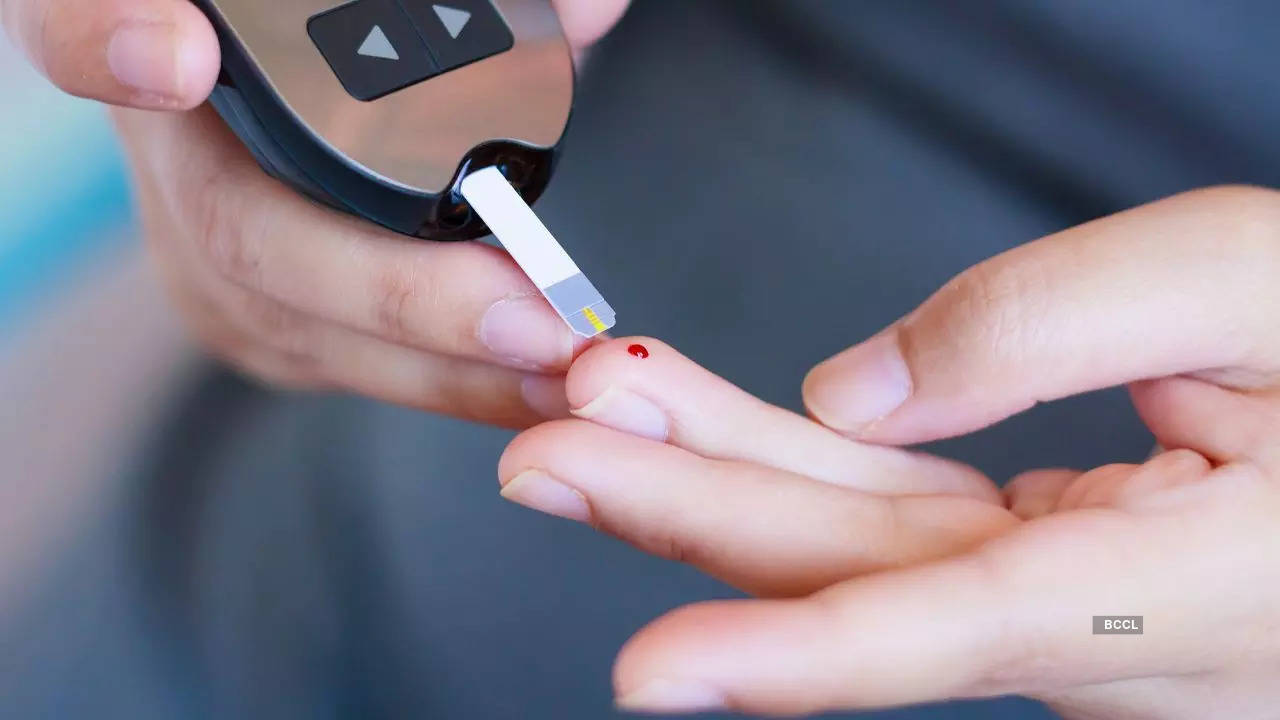
Youth-onset diabetes is a serious chronic health condition that poses significant risks to affected individuals, especially those with type 2 diabetes and those from racial and ethnic minority groups, such as non-Hispanic Black individuals. Previous research has shown an increase in the incidence of both type 1 and type 2 diabetes among youth in the US prior to the COVID-19 pandemic. Additionally, the respiratory virus SARS-CoV-2, which causes COVID-19, has been associated with potential damage to pancreatic cells, leading to acute diabetes. The COVID-19 pandemic has also exacerbated various risk factors for diabetes, including reduced physical activity, increased sedentary behaviors, sleep disturbances, and a higher intake of processed foods.

A recent study, published in the JAMA Network Open, titled ‘Incidence of Diabetes Among Youth Before and During the COVID-19 Pandemic’ has demonstrated a noticeable surge in newly diagnosed cases of type 1 and type 2 diabetes in children and young adults during the COVID-19 pandemic.
What did the study findThe study found that the incidence of both type 1 and type 2 diabetes among youth increased during the COVID-19 pandemic compared to the period before the pandemic. Notably, the increase was more pronounced in specific demographic groups, particularly among individuals aged 10 to 19 years, male individuals, and Hispanic individuals.
Over the duration of the study, 1,200 young individuals were diagnosed with type 1 diabetes, 1,100 were diagnosed with type 2 diabetes, and 63 patients were categorized under "other" diabetes. The incidence of type 1 diabetes increased from 18.5 per 100,000 person-years during 2016-2019 to 22.4 per 100,000 person-years between 2020 and 2021.

Comparatively, during 2020-2021, the incidence of new-onset type 1 diabetes was 17% higher than in the years 2016-2019. This increase was notable among individuals aged 10 to 19 years , male individuals, and Hispanic individuals. In the case of type 2 diabetes, rates surged by a whopping 62% from 14.8 to 24.7 per 100,000 person-years between 2016-2019 and 2020-2021.
Early signs and symptoms of diabetesWhile clinical/medical tests are the best way to go about identifying diabetes, here are a few symptoms that can serve as a cue to getting tested.
Frequent urination is a common symptom of diabetes, occurring when blood sugar levels are elevated. The kidneys attempt to eliminate excess sugar from the blood, leading to increased urination, particularly noticeable during the night. Alongside increased urination, individuals with diabetes often experience heightened thirst. This is a consequence of the body losing more water due to frequent urination, potentially leading to dehydration and an increased sensation of thirst.

Additionally, diabetes can cause persistent hunger. The digestive system converts food into glucose, which serves as the body's energy source. However, in diabetes, insufficient glucose moves from the bloodstream into the cells, leaving individuals with a perpetual feeling of hunger, regardless of recent meals.
Fatigue too is a common symptom of type 2 diabetes, stemming from inadequate sugar transfer from the bloodstream to the cells. This impacts energy levels and leaves individuals feeling persistently tired. Furthermore, diabetes can slow down the healing process of cuts and wounds. High sugar levels damage nerves and blood vessels, impacting blood circulation and delaying wound healing. This slow healing also elevates the risk of infections.
How diabetes affects an individualDiabetes, a chronic metabolic disorder, affects individuals by disrupting their body's ability to regulate blood sugar levels.
Type 1 diabetes involves the immune system attacking insulin-producing cells, necessitating lifelong insulin therapy. Type 2 diabetes stems from insufficient insulin production or ineffective usage, often related to lifestyle and genetics. Both types can lead to high blood sugar levels, causing symptoms like frequent thirst, urination, fatigue, and blurred vision. Over time, diabetes can harm vital organs, including the heart, kidneys, eyes, and nerves, elevating the risk of cardiovascular diseases, kidney failure, blindness, and nerve damage. Proper management through medication, diet, and lifestyle changes is crucial to mitigate complications.
How to stay safe from and manage diabetesTo effectively manage and stay safe from diabetes, one should start by establishing a strong relationship with a healthcare/medical professional who can guide you during the journey. They help by understanding your specific type of diabetes and learn about its management, including healthy eating with a balanced diet and regular physical activity.

Next, monitor your blood sugar levels consistently, follow prescribed medication plans, and manage stress through relaxation techniques and ample sleep. It is also important to maintain a healthy weight, limit alcohol, and avoid smoking. To mitigate the major complications, prioritize comprehensive health tests to ensure overall well-being.







